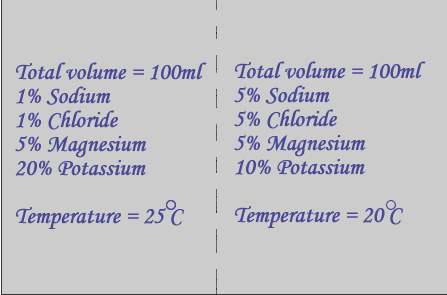
Print the PDF version (no pictures, better printing)
Ephedra spp. are erect branching shrubs found in desert or arid regions throughout the world. The medical use of Ephedra spp. (Ma Huang) dates from 2800 B.C. in China, where it was used to treat colds, asthma, hay fever, hypotension (low blood pressure), and other common maladies. Western medicine’s interest in Ephedra began in the 1920’s when the active ingredient ephedrine was isolated and studied to determine its pharmacologic effects. Since then, the chemical has been synthesized and marketed as pseudoephedrine, a common cold and allergy medication.
Ephedrine increases blood pressure, heart rate, and cardiac output. It also relaxes muscles in the airways of lungs. At the cellular level, it increases permeability of the inner mitochondrial membrane to H+ (makes it leaky to protons), resulting in decreased metabolic efficiency, higher metabolic rate and greater heat production (thermogenesis).
Dietary supplements containing ephedrine have been marketed primarily as weight loss aids; its main mechanism is to increase metabolic rate and burn stored fat. The recent FDA announcement was based upon broad analysis of the efficacy of the drug for weight loss compared to the risks associated with increased stress on the cardiovascular system. While there are data to support the hypothesis that ephedrine can contribute to short-term weight loss, there are also data to suggest that adverse outcomes such as heart attack and stroke are a real risk. Other common but minor negative side effects include anxiety, sleeplessness and irritability. Manufacturers of Ephedra supplements often include other mild stimulants such as caffeine to increase the fat burning effect.
In one experiment, eight healthy women received a single oral dose of a
thermogenic dietary supplement containing 20 mg ephedrine and 200 mg caffeine
after an overnight fast. Another eight healthy women received a placebo after
an overnight fast. Heart rate and blood pressure were measured in both groups
before the dose and every 15 minutes for 14 hours. Average blood pressure
was higher for the women taking the supplement and reached a peak 90 minutes
after ingestion. Average heart rate was higher for the women taking the supplement
and reached a maximum increase of 15 beats per minute after about 6 hours.
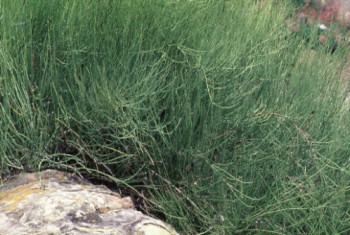 source
source  source
source  source
source 
source

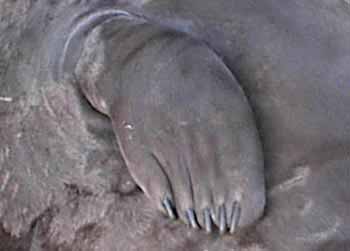 source
source
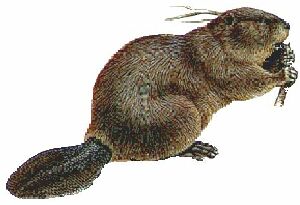
source
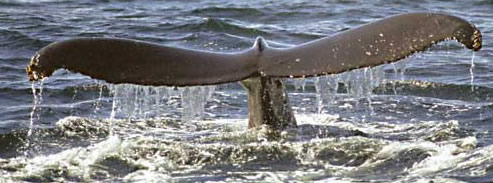 source
source
The
following two solutions, which were made with water, are separated by a selectively
permeable membrane.